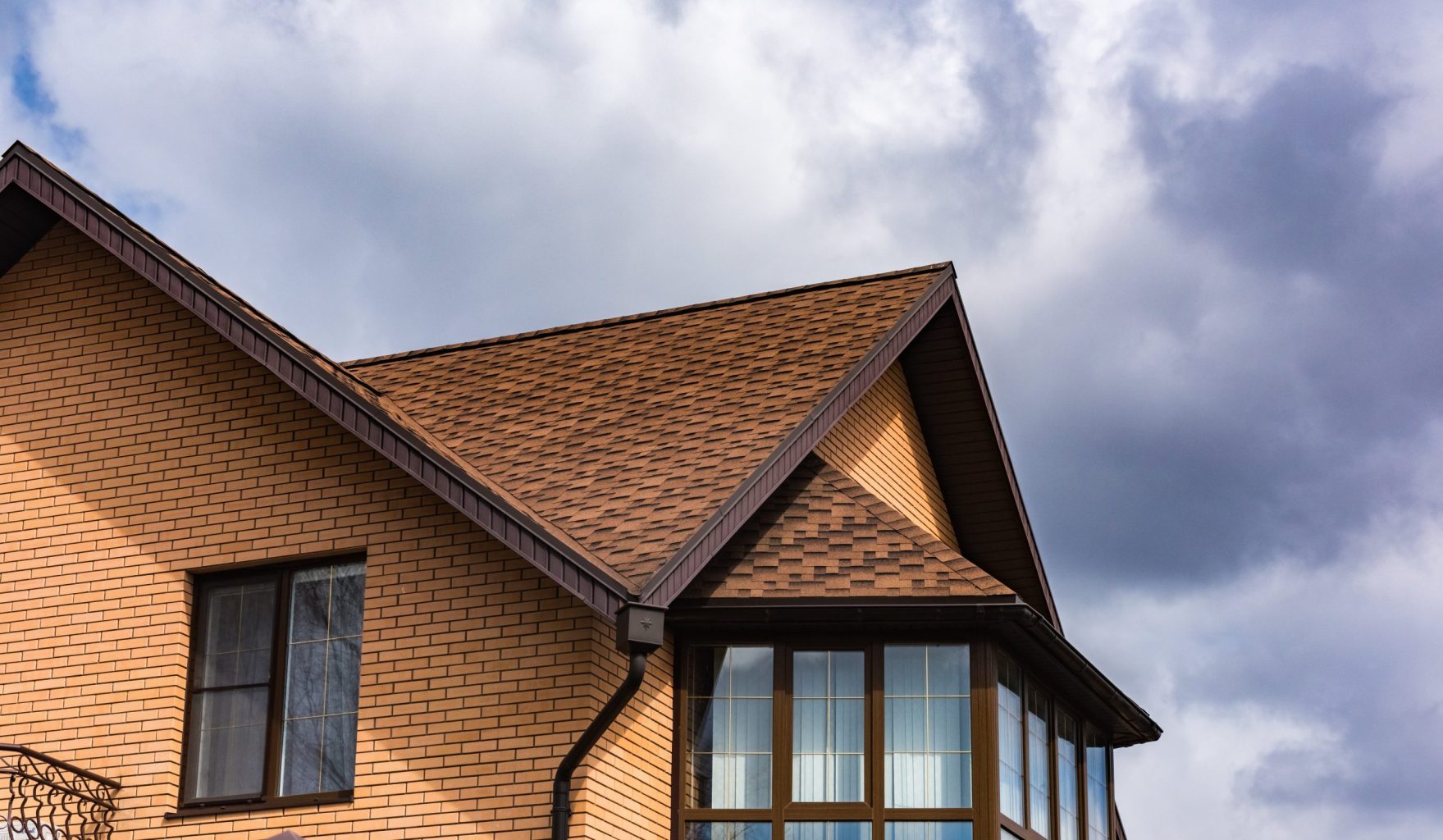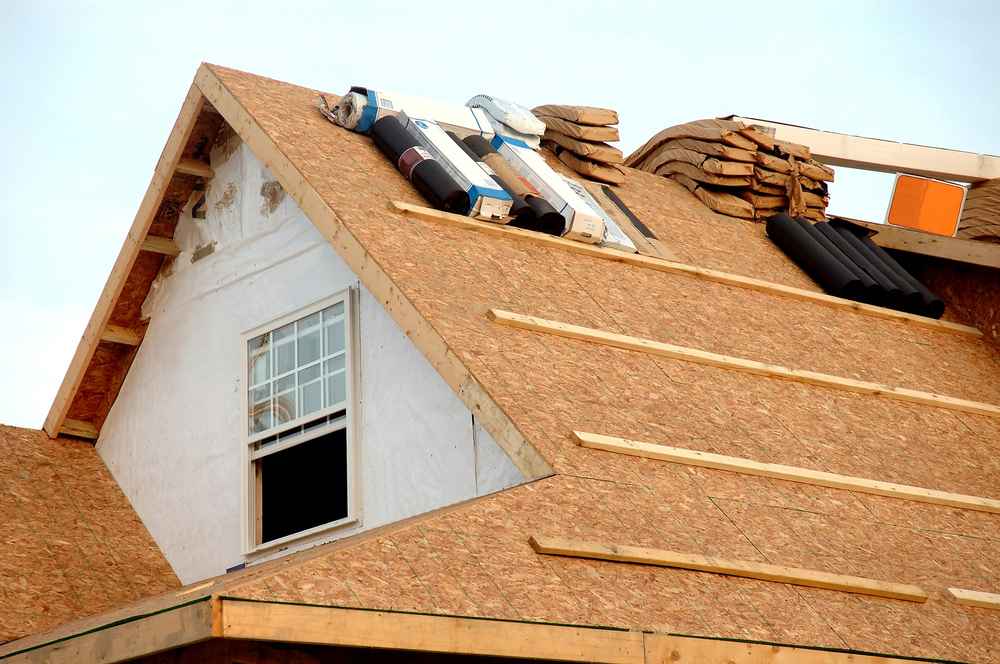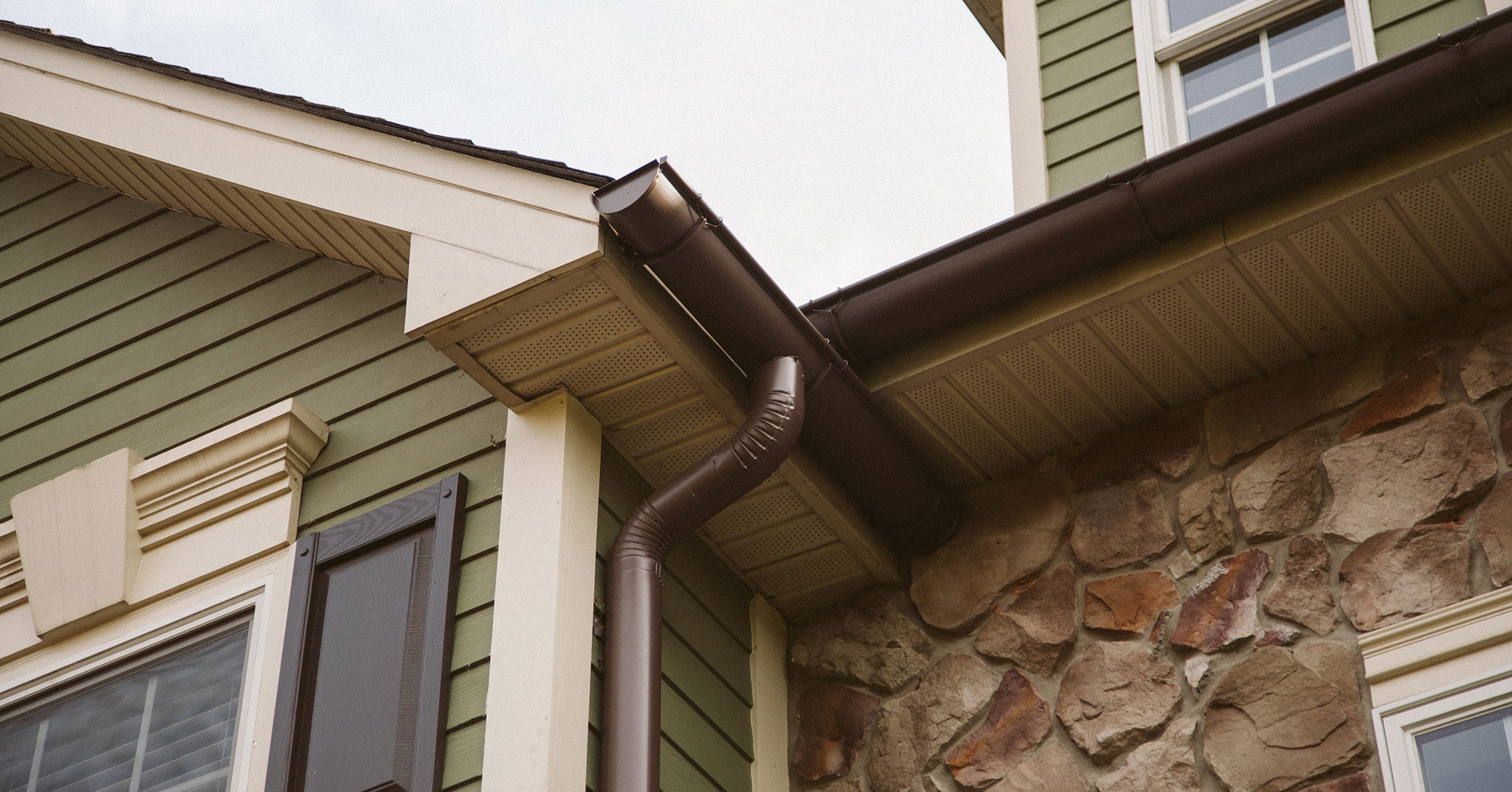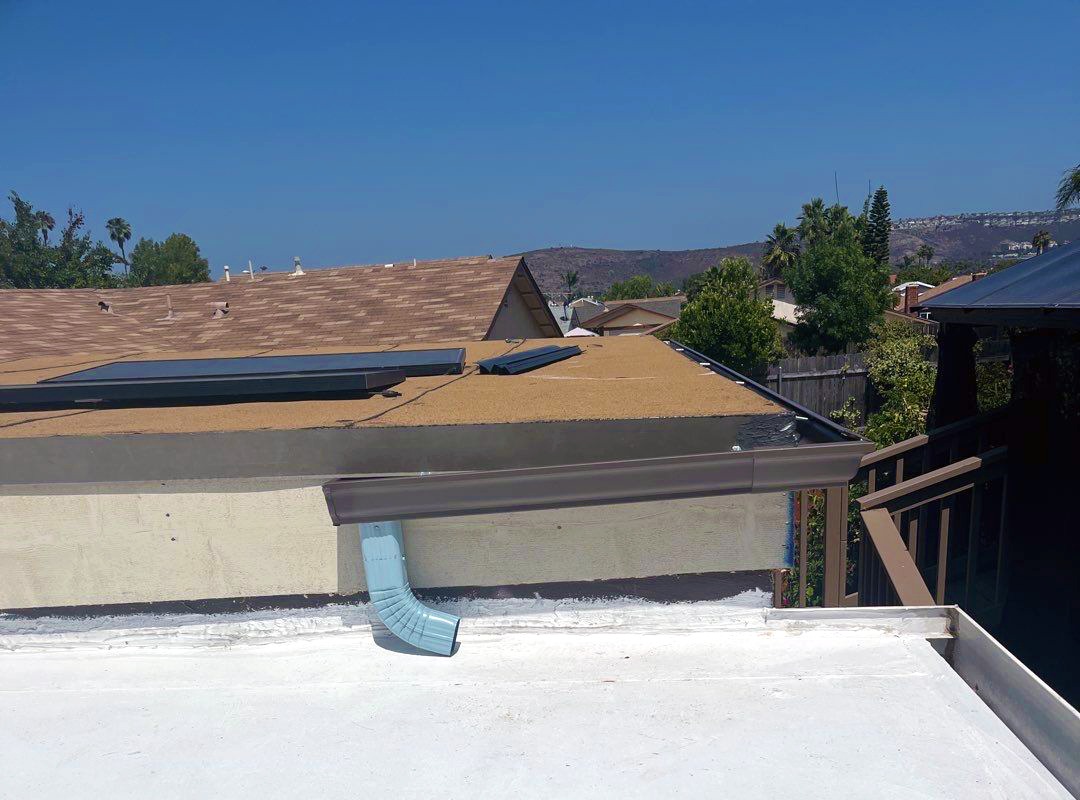When it comes to roofing materials, asphalt shingles have been a go-to choice for homeowners and contractors alike due to their affordability, durability, and variety of options. Asphalt shingles are available in different types, each with its own set of advantages, making it essential to understand their features before deciding which one is best for your home. In this blog post, we’ll explore the various types of asphalt shingles and help you make an informed decision.
What Are Asphalt Shingles?
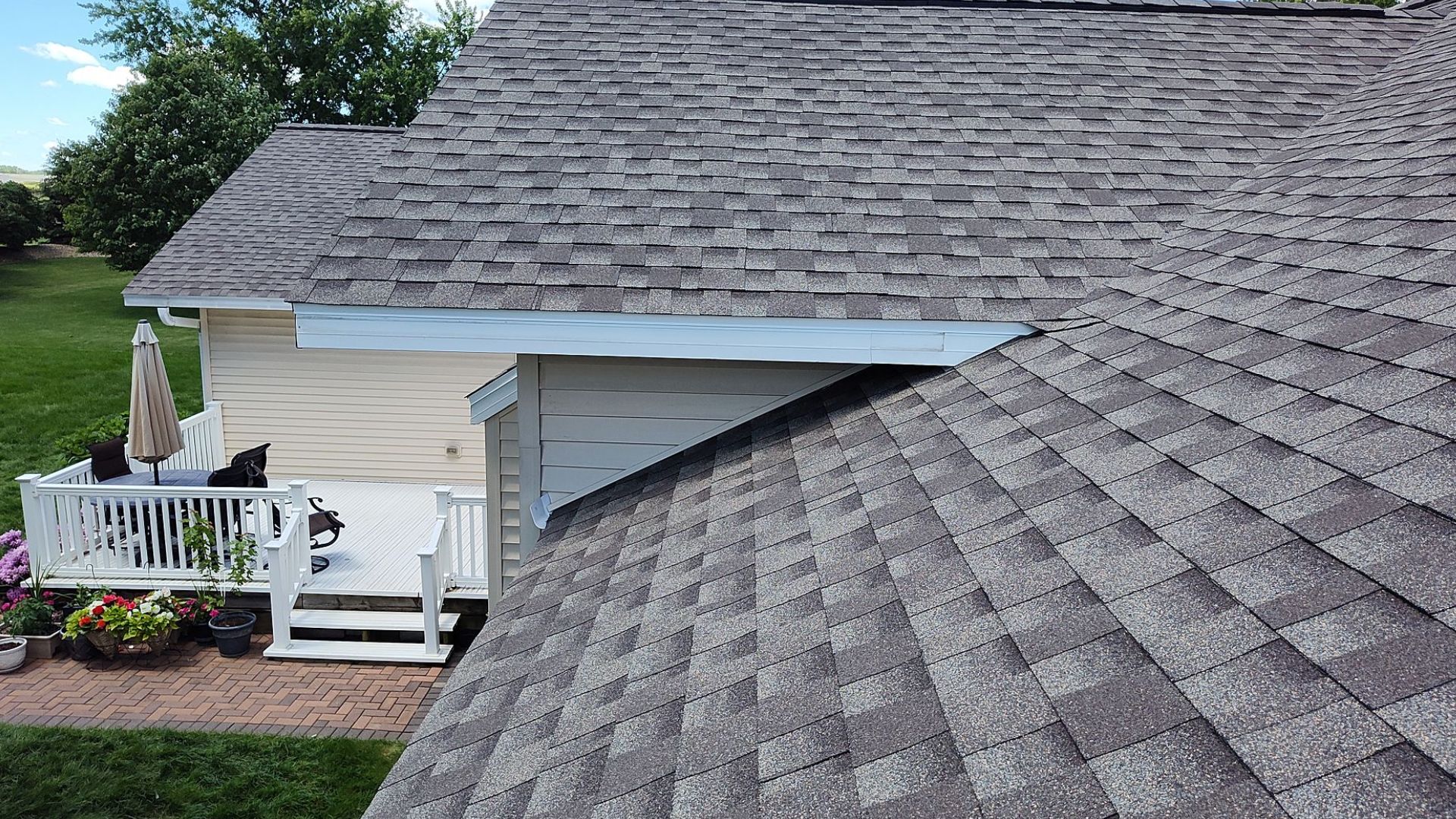
Asphalt shingles are roofing materials made from a fiberglass or organic base, coated with asphalt and topped with ceramic granules. These granules serve as a protective layer, enhancing durability and color. Asphalt shingles are easy to install, cost-effective, and have a lifespan of 15 to 30 years, depending on the type. They’re popular due to their ability to withstand a variety of weather conditions while maintaining a sleek and uniform appearance.
Three Main Types of Asphalt Shingles
There are three primary types of asphalt shingles: 3-tab shingles, architectural shingles, and luxury shingles. Each type varies in terms of appearance, performance, and cost.
3-Tab Shingles
3-tab shingles are the most basic and cost-effective option. They are called “3-tab” because of their design, where each shingle has three tabs or cut-outs. These shingles are thin, lightweight, and are typically offered in a wide range of colors. While they are affordable, they also have a shorter lifespan than other types, usually around 15 to 20 years.
3-tab shingles are well-suited for homeowners on a budget who need an effective roofing solution but don’t require extensive longevity. These shingles can handle most weather conditions, but they are more vulnerable to high winds and may show signs of wear sooner than higher-end options.
Architectural Shingles
Architectural shingles, also known as dimensional or laminated shingles, are thicker than 3-tab shingles and are constructed by bonding multiple layers of asphalt to create a more textured, three-dimensional appearance. This type of shingle is often designed to resemble higher-end roofing materials like wood shakes or slate, providing an aesthetic appeal that is more varied and luxurious.
Because they are thicker, architectural shingles are more durable and can last anywhere from 25 to 30 years. They are more resistant to wind, rain, and hail, making them ideal for homes in regions that experience extreme weather. The increased durability also comes with a higher price tag compared to 3-tab shingles.
Luxury Shingles
Luxury shingles are the premium option in the asphalt shingle category. They are designed to mimic the appearance of slate or cedar shake roofs while offering the benefits of asphalt. These shingles are often larger and heavier than architectural shingles, with a high-end appearance that elevates the curb appeal of any home. Luxury shingles can also last 30 years or more, offering excellent protection against the elements.
While luxury shingles are more expensive than other options, they provide an unmatched combination of style and durability. They are an excellent choice for homeowners who want to invest in a roof that offers both long-term performance and an upscale look.
Factors to Consider When Choosing Asphalt Shingles
Before deciding on which type of asphalt shingle is best for your roof, several factors need to be considered.
Budget
If cost is a primary concern, 3-tab shingles may be the best option. They are affordable, and their relatively short lifespan makes them suitable for those who are planning to move or renovate their home in the near future. On the other hand, if you are looking for a long-term investment and don’t mind paying a bit more upfront, architectural or luxury shingles are worth considering.
Climate and Weather Conditions
The type of climate in your region plays a significant role in determining which type of shingle will perform best. If you live in an area prone to high winds, hail, or heavy rainfall, architectural or luxury shingles are better options due to their added thickness and durability. For more temperate climates, 3-tab shingles may suffice, but they are not the best choice for harsh weather conditions.
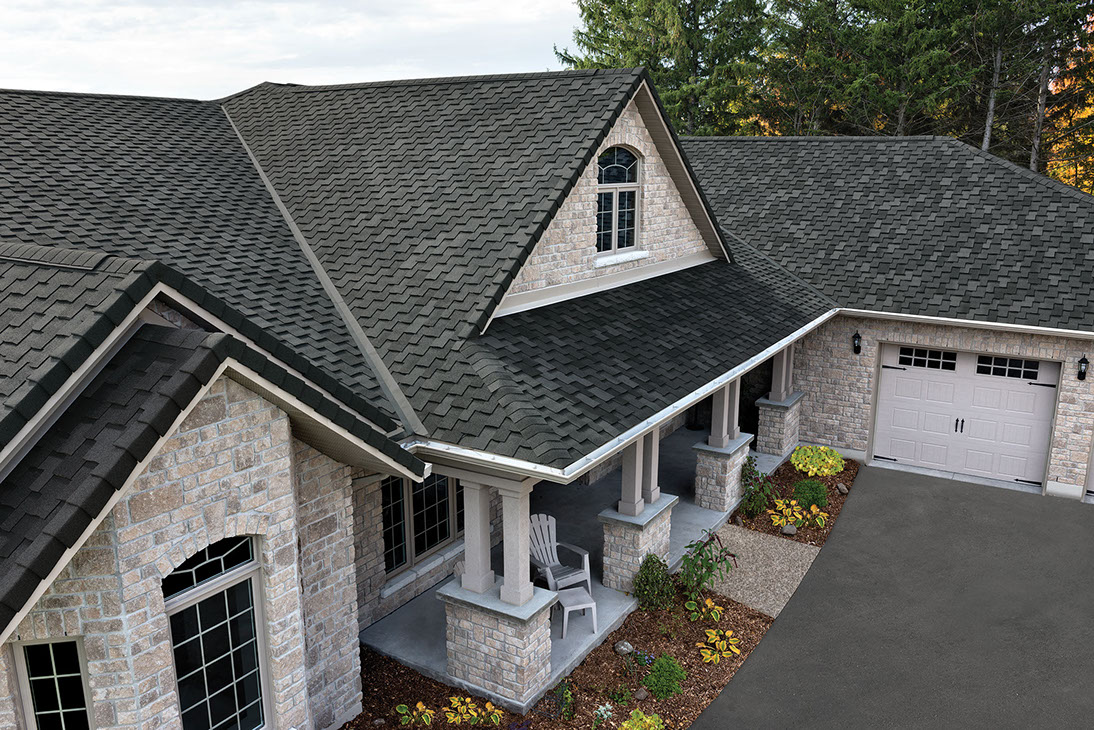
Aesthetic Preferences
Each type of shingle offers a distinct aesthetic. 3-tab shingles provide a traditional, uniform look, whereas architectural shingles give your roof a textured, layered appearance. Luxury shingles offer the highest-end aesthetic, mimicking expensive materials like slate or wood. If curb appeal is important to you, then investing in architectural or luxury shingles could be a wise decision.
Longevity
Consider how long you intend to stay in your home when choosing your shingles. If you plan on living in your home for several decades, architectural or luxury shingles may provide the longevity you’re looking for. However, if you are moving soon, 3-tab shingles could be sufficient since their lifespan is shorter.

